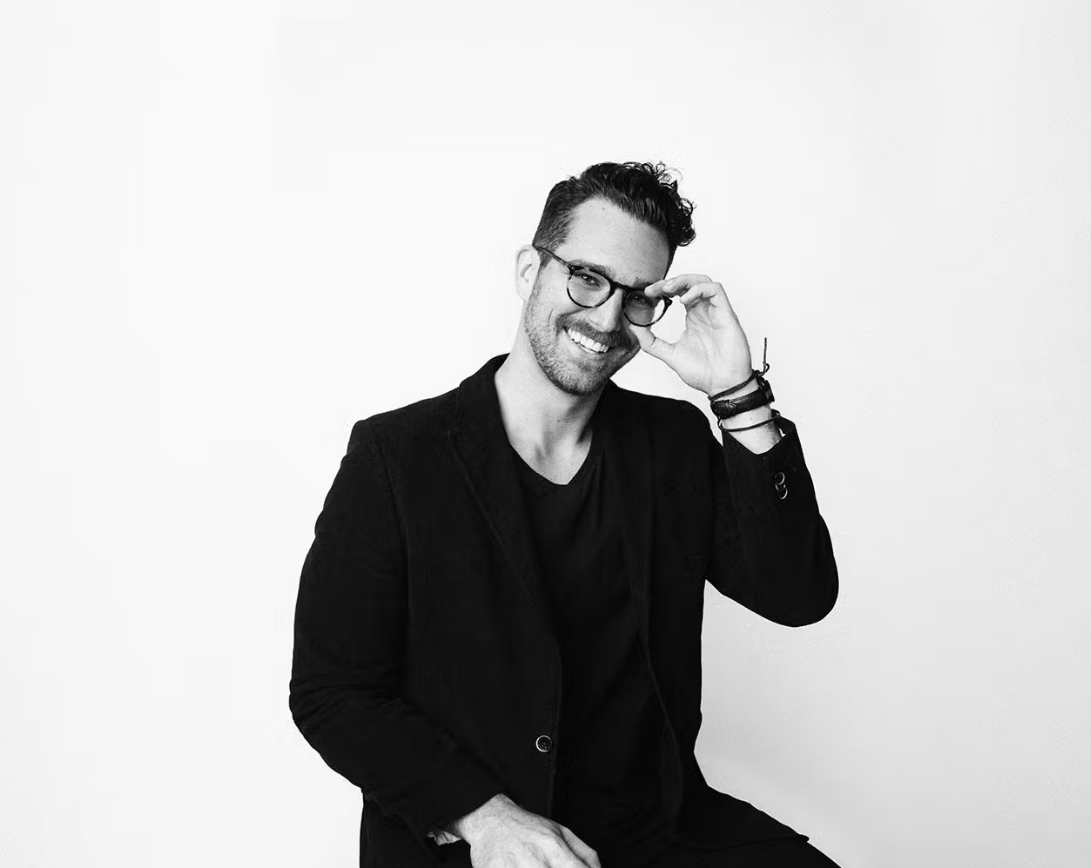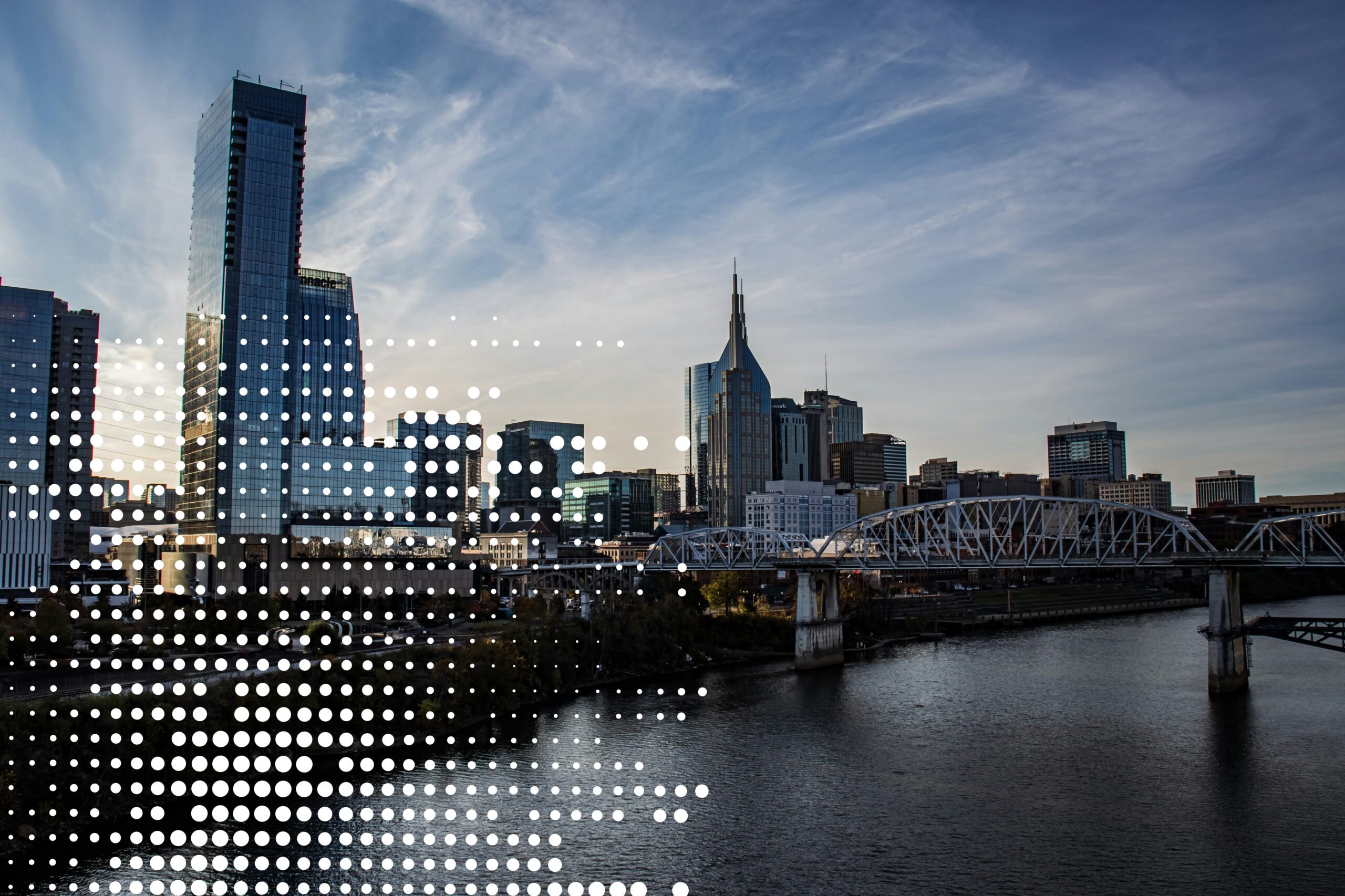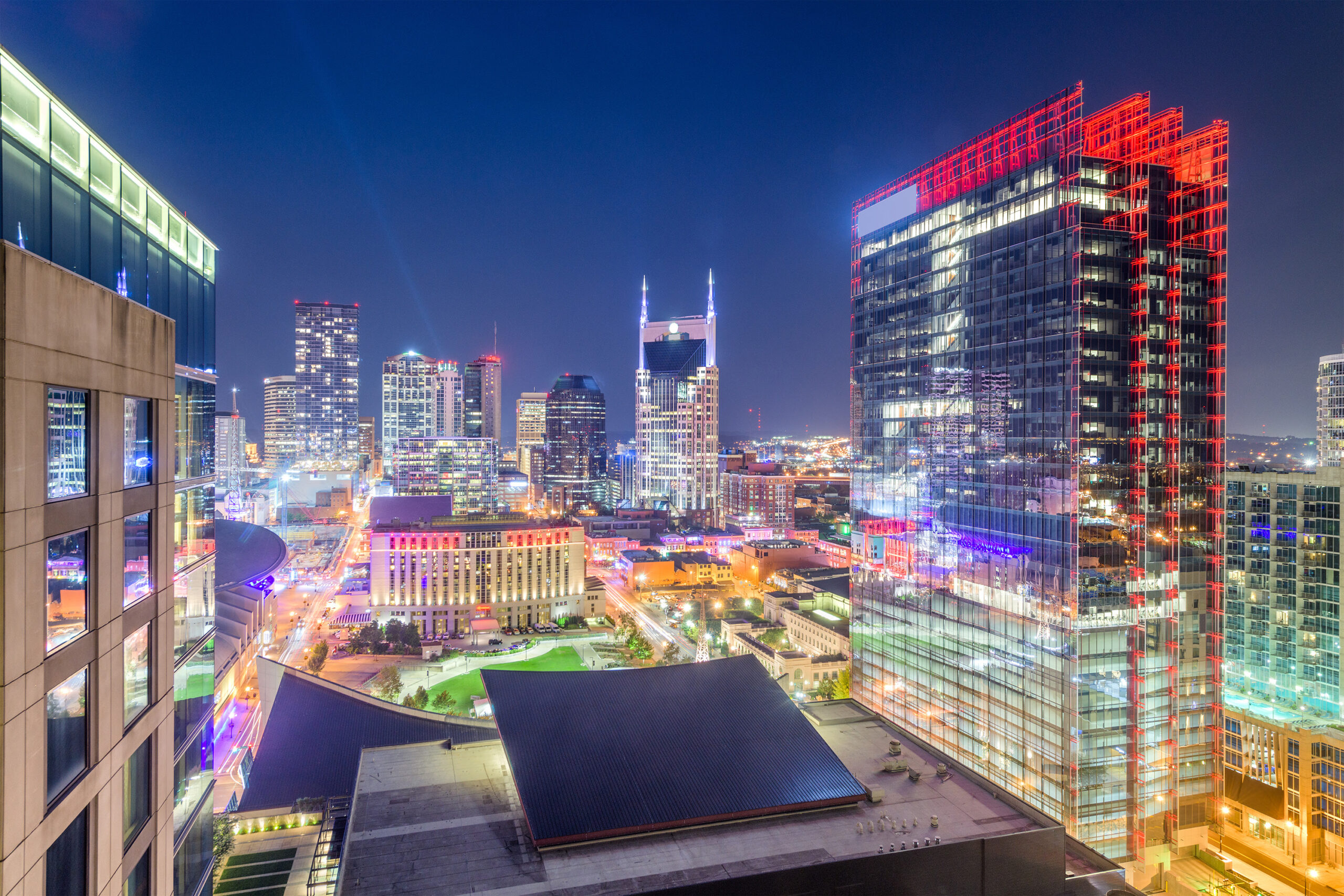
Re-Introducing Nashville
Since the last time AIA Tennessee held its Conference on Architecture in Downtown Nashville in 2014, the city’s growth had exploded, and over a decade later the transformation continues. Through this incredible growth, Nashville has successfully held on to its character. Essentially, the city has layered onto its rich culture, a culture that only locals could truly describe, so we’ve enlisted a few of this year’s conference committee members to describe their Nashville and invite you to experience it for yourself from a renewed perspective.
To further define the conference theme of “Reverb + Resonance” as it relates to Nashville’s architecture, 2025 conference chair Daniel Cremin, senior associate with HASTINGS, ties in Nashville’s musical significance to remind us of the incredible power of design.

Resonance is about impact that lingers. In a city like Nashville—where sound is history, economy, and identity—we’re asking: how does architecture echo those same values? We’re a city built on creative output. So, as we grow into a global city, the question becomes—how do our buildings, our streets, our public spaces leave a lasting note? Not just on the skyline, but in people’s lives. Architecture that resonates doesn’t just meet the moment—it amplifies it. It harmonizes with culture, community, and time. That’s what we’re exploring at this year’s conference—how design can strike a chord that endures.
What specifically have you found that gives architecture resonating impact and cultural weight?
It’s never just form. The projects that resonate are the ones that reveal care — care for context, for history, for people. Cultural weight comes when a building becomes more than itself—when it becomes a connector. I’ve found that resonance often shows up in contrasts: bold ideas with humble materials, ambitious programs with intimate moments, a civic scale with a personal feel. When architecture is specific, rooted, and generous — it echoes. It invites meaning long after the ribbon is cut. That’s resonance.

As a local, what is your perspective on the growth that Nashville has experienced in the last decade?
Nashville didn’t just grow—it surged. In a decade, we went from a hidden gem to a city in demand. That kind of growth tests a city’s identity. And while it’s brought opportunity, it’s also exposed the gaps—in infrastructure, in equity, in long-term thinking. But what I love about Nashville is that its soul hasn’t been lost. The challenge now is how we evolve without erasing. How we design in a way that honors what’s here, while shaping what’s next. That’s the moment we’re in—and it’s a powerful one.

How has the city planning approached the fast-paced growth?
You’re right—it has been fast. At times, too fast for policy to keep pace. But what’s emerged is a more collaborative approach to city planning. We’re seeing stronger alignment between public and private sectors, more voices at the table, and a renewed focus on design standards that shape not just buildings, but experiences. Nashville is learning in real time—how to say yes to ambition, but no to sprawl. How to grow smarter, not just bigger. Planning is shifting from reactive to strategic, and that evolution is key.
HASTINGS has created an extensive 3D city model showing new and future developments. How does the city model become a tool for the firm and/or clients?
The city model is more than a tool—it’s a shared language. It gives clients, stakeholders, community members and even skeptics a way to see not just a building, but its role in the larger urban story. Nashville is changing fast, and this model helps us zoom out—to test ideas, anticipate context, and build with intention. It’s where speculation meets strategy. You can hold a project in your hand and say: this is where it fits, this is where it adds value, this is where it might go wrong. In a city of growth, the model helps us slow down, see connections, and make smarter, more resonant decisions.

What has been your contribution to this growth—whether it’s your firm or you personally?
At HASTINGS, we’ve tried to be more than designers—we’ve acted as stewards of the city’s future. Personally, I’ve focused on work that bridges architecture and community—adaptive reuse, civic spaces, and nonprofit campuses that anchor neighborhoods in meaningful ways. I also serve on local design committees and mentor emerging architects, because shaping a city isn’t just about the projects you build—it’s about the people you empower to build what’s next.
What key projects can you highlight that set the precedent for the goals you see for future projects?
The Residences at The Finery is a good example—it’s not just a building; it’s a microcosm of a walkable, art-forward, civic-minded neighborhood. This project shows where we’re headed: toward places that don’t just perform but participate.
That’s the future of Nashville—architecture that doesn’t just respond to growth but gives it purpose.
